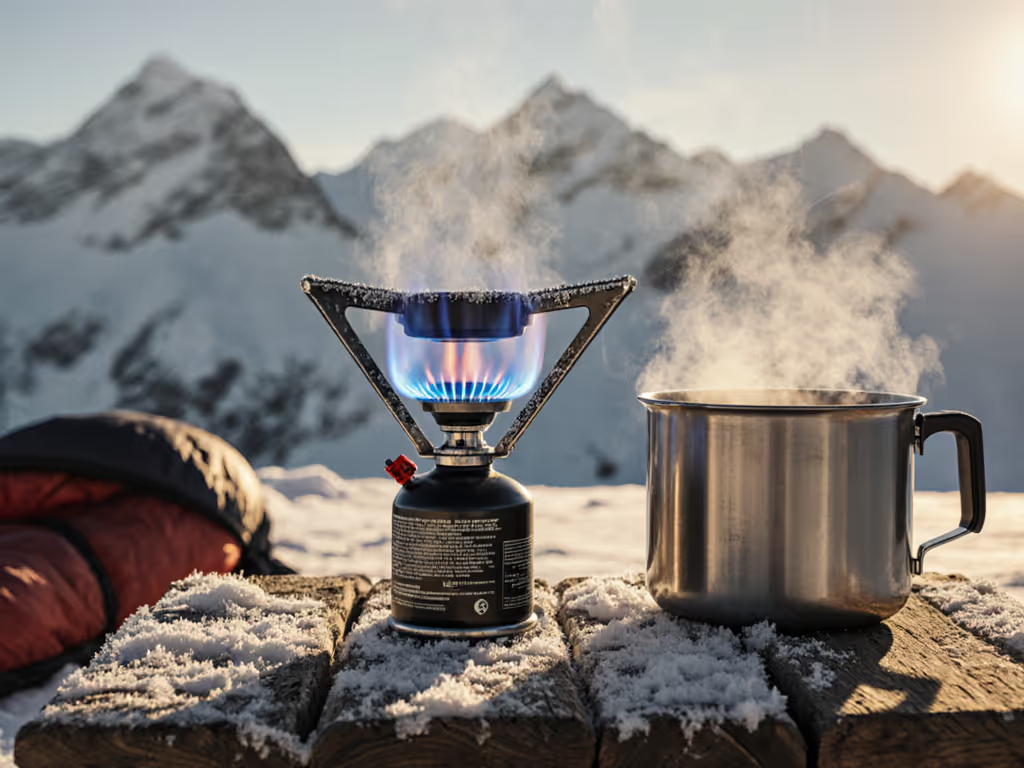
Propane vs Isobutane Stove Fuel: How to Choose the Right Gas for Every Season and Trip
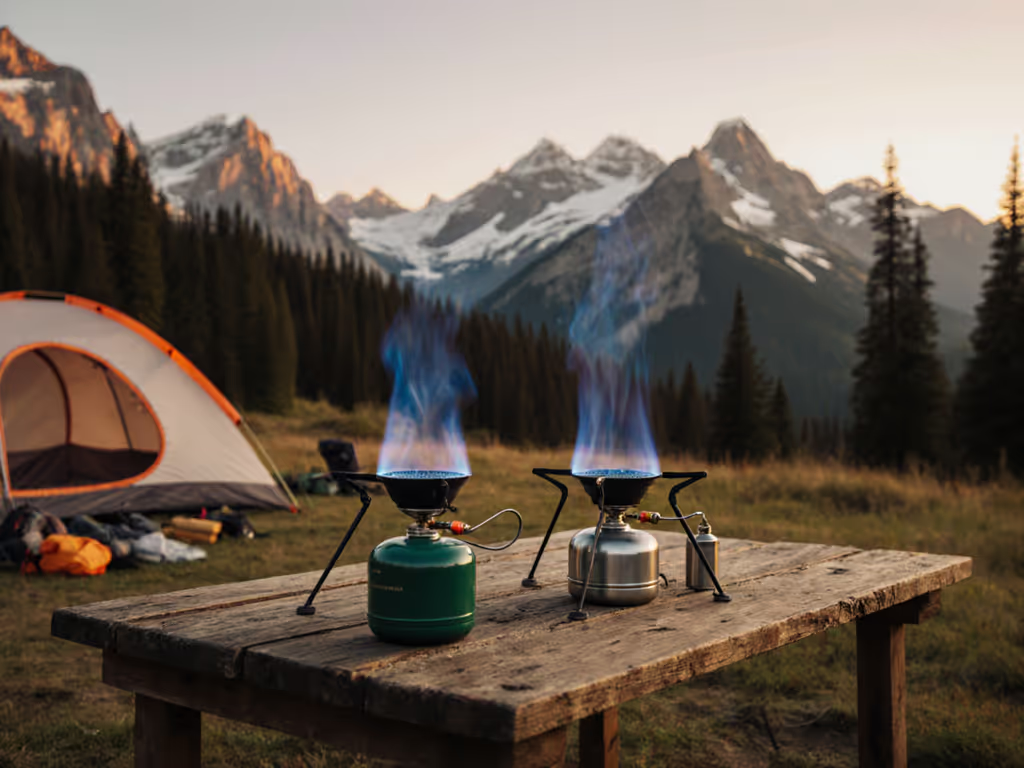
Choosing between propane vs isobutane stove fuel can feel like picking a trail without a map. You want fast boils in the wind, reliable simmer control for noodles or coffee, and safe performance whether you camp beside a desert canyon or dig a winter kitchen in the snow. The truth is, both gases shine in different conditions, and the best call depends on temperature, altitude, stove type, and your cookware. At Heatinerary, we test and tune these variables every week so you do not have to, and our Trip-Tuned Stove Lab matches stoves, fuels, and pots to your exact route, season, and weather window. Ready to turn that blue flame into confident meals anywhere?
Propane vs Isobutane Stove Fuel: The Science Behind the Flame
First, a quick chemistry detour that pays off on cold mornings. Propane has a lower boiling point and higher vapor pressure than isobutane, which means it stays pressurized and feeds your stove even when temperatures plunge. Isobutane is more cold-tolerant than normal butane and works well for three-season trips, but it loses push sooner as the mercury drops. In practical terms, vapor pressure determines whether a canister can deliver steady fuel to your burner; more pressure equals more reliability in the cold, especially for upright canister stoves. Meanwhile, remote canister stoves with an inverted-canister mode can “liquid feed” the blend, squeezing more life from isobutane in shoulder seasons. Curious where the hard numbers land? Dig into our propane vs butane vs white gas for pressure curves and temperature thresholds.
Key Properties of Common Camping Gases
| Property | Propane | Isobutane |
|---|---|---|
| Boiling point at sea level | -42.1 C [Celsius] or -44 F [Fahrenheit] | -11.7 C [Celsius] or 10.9 F [Fahrenheit] |
| Approx. vapor pressure at 20 C [Celsius] | ~830 kPa [kilopascal] or ~120 psi [pounds per square inch] | ~310 kPa [kilopascal] or ~45 psi [pounds per square inch] |
| Cold performance in upright canisters | Excellent down to subzero conditions | Good to fair; struggles below freezing |
| Energy content per mass | Similar to isobutane (within a few percent) | Similar to propane (within a few percent) |
| Typical packaging | Green 16 oz steel cylinder or blended in small canisters | Small threaded backpacking canister, often mixed |
Because propane exerts more pressure, it is the undisputed cold-weather driver, while isobutane is the nimble all-rounder for mild conditions. However, blends complicate the picture in your favor. Many lightweight backpacking canisters combine isobutane with a bit of propane to boost early-morning performance, and remote designs with a preheat tube can feed liquid from the canister for steadier heat. From our Trip-Tuned Stove Lab tests, that pairing often narrows the winter gap for trips that hover around the freezing mark. Still, as temperatures sink toward single digits in Fahrenheit, pure propane or a high-propane system becomes the safer, faster bet.
Performance by Season, Altitude, and Trip Style
Season decides a lot, but so does where and how you cook. In spring and fall, isobutane in a compact upright canister stove is quick, efficient, and delightfully simple when mornings start at 35 F [Fahrenheit] and afternoons warm nicely. In deep winter, propane’s higher pressure maintains flame quality, reducing sputter and shortening boil times even when the canister cools during use. Meanwhile, altitude affects flame behavior less than temperature, though cold air at high passes magnifies canister chill and can drop isobutane below its comfort zone. For high-elevation specifics, read our high-altitude stove tests for thin-air boil data. If you have ever noticed slower boils after the third cup at a breezy overlook, you have seen canister cooling in action.
Watch This Helpful Video
To help you better understand propane vs isobutane stove fuel, we've included this informative video from BuildersSA. It provides valuable insights and visual demonstrations that complement the written content.
Trip style also points the way. Fast-and-light hikers love upright isobutane setups for their tiny packed size and on-off simplicity, especially with heat-exchanger pots that shelter the flame. Family car campers often choose propane for broad-base burners that simmer pancakes evenly and hook to larger cylinders for all-morning cooking. For snow travel, a remote canister stove with an inverted feed, windscreen, and stable legs bridges weight and winter performance, especially with isobutane-propane blends. Heatinerary’s Trip-Tuned Stove Lab profiles your route temperatures hour by hour using forecast data, then models fuel delivery curves so you can pick the smallest, safest configuration that still knocks out dinner in the wind. If you are deciding between backpacking and car-camping setups, compare real-world efficiency in our backpacking vs car stove systems.
- Early-season alpine starts: favor high-propane systems or remote canister with inverted feed.
- Warm-weather thru-hikes: lean on lightweight isobutane for simplicity and packability.
- Sheltered forest camps: both fuels work; choose based on availability and stove compatibility.
- Snow kitchens or above-tree-line winds: prioritize wind protection, remote cans, and preheat tubes.
Cost, Availability, and Canister Logistics
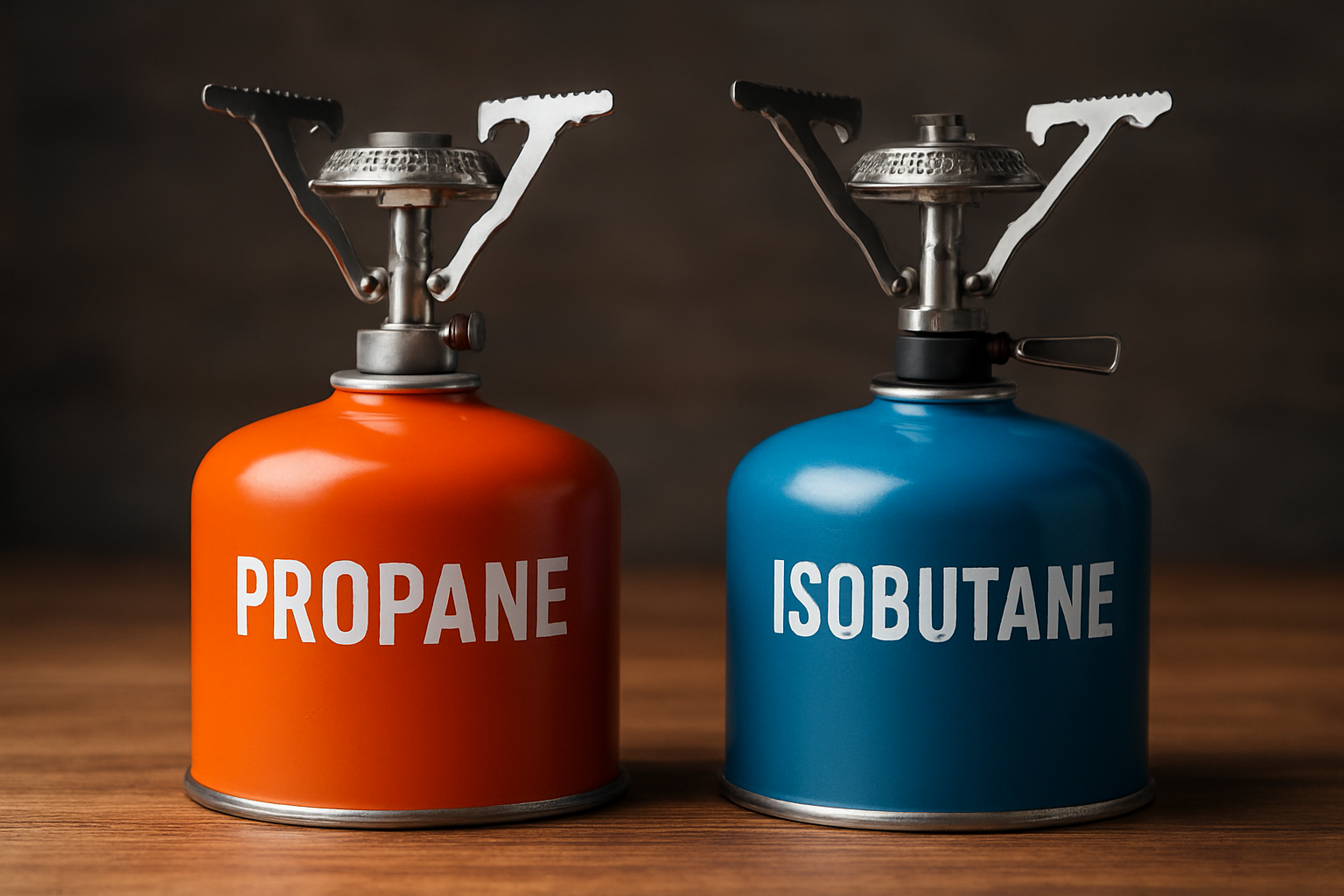
Fuel that you cannot find is fuel you cannot cook with, so logistics matter almost as much as physics. In many North American trail towns, isobutane backpacking canisters line the shelves of outfitters and general stores during peak season, making resupply easy on long routes. Propane 16 oz [ounce] cylinders dominate general hardware and big-box aisles nationwide year-round, which helps road trippers and family campers buy last-minute. Price per meal is closer than you might guess, because burner efficiency, wind control, and pot shape play a big role; our lab measurements show heat-exchanger pots can cut fuel use 20 to 30 percent in breezy conditions compared to bare pots. Want a snapshot of the marketplace?
Costs and Availability at a Glance (Typical U.S. Retail)
| Factor | Isobutane Canister (100 to 230 g [gram]) | Propane Cylinder (16 oz [ounce]) |
|---|---|---|
| Typical price range | 7 to 12 USD [United States dollar] per canister | 5 to 10 USD [United States dollar] per cylinder |
| Resupply in trail towns | Good during hiking season | Fair; better near hardware or general stores |
| Packability and weight | Excellent for backpacking | Heavy and bulky but stable for basecamp |
| Adapter needs | Threaded stoves only, EN 417 [European Norm 417] standard | Often requires hose or regulator on small stoves |
| Cold-weather reliability | Moderate; improves with blends and inverted use | Strong; high pressure maintains delivery |
Because cost swings with efficiency, your stove and pot matter. Integrated systems and pots with heat exchangers routinely save fuel, which offsets slightly higher canister prices on long trips. Conversely, a wide propane burner under a skillet is a dream for group breakfasts where fuel cost per person plummets and stability reduces spills. Heatinerary’s lab reports estimate fuel grams per boil for your pot diameter, lid use, windscreen strategy, and expected wind speed, then map that to resupply points so you carry just enough without risking cold-soaked oatmeal on day three.
Safety, Environmental Impact, and Best Practices
Safe stoves make happy camps, and gases deserve respect. Use canister stoves outside or with excellent cross-ventilation, because incomplete combustion can produce dangerous CO [carbon monoxide]; public health data suggest tens of thousands of CO [carbon monoxide] exposure visits to emergency departments in the United States each year, most in enclosed spaces. Keep canisters off cold snow by setting them on foam or a pot lid to reduce chilling and pressure drop. Check gaskets and threads before lighting, and never use a tight windscreen around an upright canister stove because trapped heat can overpressure the canister. For environmental care, pack out empties; many municipalities accept punctured steel canisters in metal recycling, but always confirm local rules. For a deeper checklist on ventilation, placement, and CO risks, see our camp stove safety guide.
- Test new canisters for leaks with soapy water, not a flame.
- Use a stable base and keep children beyond arm’s reach while cooking.
- Store canisters cool and dry; never leave in direct sun or in a hot vehicle.
- Avoid winter flare-ups by pre-warming canisters in a jacket pocket, not near flame.
- Prefer stoves with good simmer control to prevent boil-overs that waste fuel.
As for emissions, both propane and isobutane burn primarily to CO2 [carbon dioxide] and water when properly mixed with oxygen. Cooking time and wind losses dominate total grams of CO2 [carbon dioxide] per meal, so improving efficiency is practical climate action. Heatinerary’s reviews highlight burners with steady low-end control and pots that minimize heat loss so you achieve the same meal with fewer grams burned. Small choices, like using a lid or choosing a slightly narrower pot that matches the flame pattern, often save more emissions than switching fuels within the same trip conditions.
Real-World Scenarios and Heatinerary Trip-Tuned Stove Lab Recommendations
Let us make this concrete with four common trip profiles. For a shoulder-season backpack along a windy coastline with nights near 40 F [Fahrenheit], we typically recommend an upright isobutane system paired with a heat-exchanger pot and partial wind blocking. That setup cuts grams burned per meal and keeps morning coffee quick without extra hoses or adapters. For midwinter hut approaches or snow camping with sunrise temps near 10 F [Fahrenheit], a remote canister stove with inverted use and a high isobutane-propane blend is a solid compromise if you want to keep weight down. If you expect single digits below zero in Fahrenheit, step to a propane-forward system or consider liquid-fuel options for maximum margin.
Now think about family car camping and long road trips. Propane’s widespread availability, stable griddle-friendly burners, and low cost per pancake make it the popular pick, especially when you run lanterns or a grill from the same cylinder. For international travel where fuel uncertainty looms, we prioritize flexibility. Plan ahead with our international stove compatibility guide covering fuel names, adapters, and regional rules. Our Trip-Tuned Stove Lab compares local norms, predicts store types along your route, and flags whether threaded isobutane is common; if not, it recommends adapters or alternative stoves so you can still cook efficiently. These are not guesses. We feed forecast temperatures, elevation profiles, and your cookware’s diameter into our bench-tested models to deliver recommendations that feel like you brought a technician on the trip.
Scenario-Based Picks from Heatinerary’s Trip-Tuned Stove Lab
| Scenario | Recommended Fuel | Stove Type | Cookware Notes |
|---|---|---|---|
| Windy coastal spring overnights | Isobutane or isobutane-propane blend | Upright canister with good wind resistance | Heat-exchanger pot with lid to cut fuel use |
| High-altitude winter bivy | High-propane system or liquid feed blend | Remote canister, inverted mode, preheat tube | Tall pot for snow-melting stability |
| Family car camping breakfasts | Propane | Two-burner tabletop with simmer control | Wide skillet and griddle for even heat |
| International trekking with uncertain resupply | Isobutane if available; fall back to propane or adapters | Multi-fuel flexibility, carry adapter set | Nesting pot set to fit multiple burners |
Quick-Choose Tables and Checklists
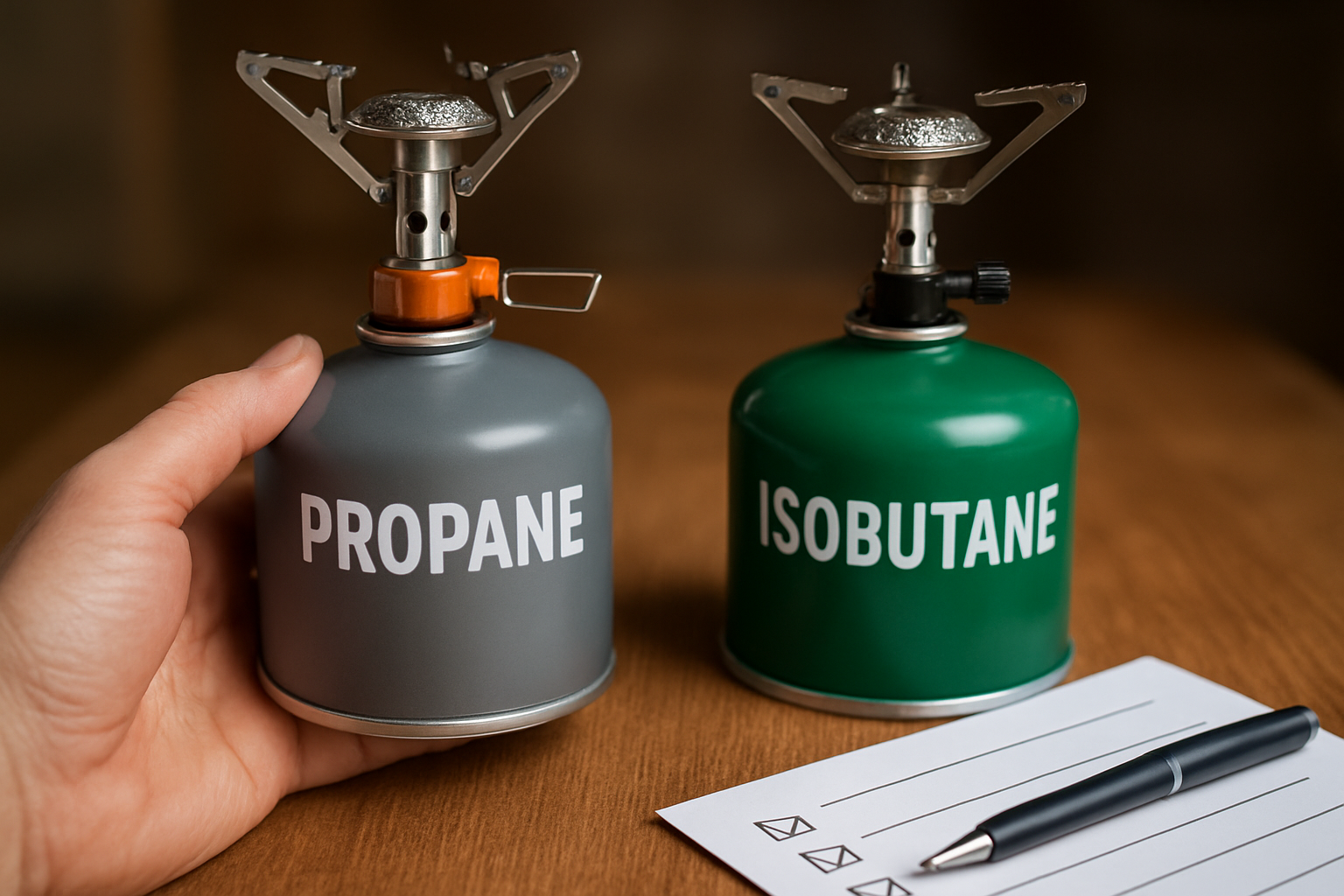
When you are packing late the night before, you need clarity, not guesswork. Use these quick references to go from weather forecast to packed fuel in two minutes. They distill our lab findings and field notes into simple decisions that respect your priorities: warmth, weight, and ease. And because gear ecosystems matter, we also include compatibility notes so you do not discover at camp that your regulator and threads disagree. Prefer a faster visual? Picture a traffic light: green for go-isobutane, yellow for blended or inverted, red for propane-forward or alternative fuels.
Seasonal Fuel Picker
| Overnight Low | Wind Exposure | Recommended Fuel | Notes |
|---|---|---|---|
| Above 40 F [Fahrenheit] | Low to moderate | Isobutane | Lightweight and efficient with upright canister |
| 20 to 40 F [Fahrenheit] | Moderate to high | Isobutane-propane blend | Consider remote canister with inverted mode |
| 0 to 20 F [Fahrenheit] | Any | High-propane system | Remote canister or regulated propane stove |
| Below 0 F [Fahrenheit] | Any | Propane-forward or liquid fuel | Max reliability for snow melting and big meals |
Stove Compatibility at a Glance
| Stove Category | Isobutane Canister | Propane Cylinder | Key Considerations |
|---|---|---|---|
| Upright canister micro burner | Ideal | Generally incompatible without adapters | Avoid tight windscreens; prioritize wind-resistant pots |
| Remote canister backpacking stove | Ideal, including inverted use | Possible with proper hose/regulator | Stable legs, safer for larger pots |
| Two-burner camp stove | Rarely supported | Designed for propane | Great simmer control and surface area |
| Integrated canister system | Excellent with matched pot | Not typical | Fast boils, top efficiency in wind |
Pack-Ready Checklist
- Check forecast lows and wind where you will actually cook, not just the trailhead.
- Match fuel to stove category and pot diameter to the flame pattern.
- Bring a lid, a simple windscreen for remote stoves, and a stable base for cold ground.
- Weigh canisters before departure; mark grams remaining for mid-trip planning.
- Carry a backup ignition source and practice cold-start techniques at home.
How Heatinerary Turns Data into Dinner
Most campers are forced to guess which stove and fuel will work where they are going, which is why half the forum stories begin with “it used to boil faster.” Heatinerary exists to end that guesswork with evidence. Our Trip-Tuned Stove Lab combines bench measurements of boil time, simmer stability, and wind loss with route-specific weather modeling, then recommends a precise mix of stove, fuel, and cookware. The system factors vapor pressure curves, canister cooling rates, and the geometry of your pot and wind protection to predict grams burned per meal. That means fewer last-minute aisle debates and more reliable hot meals when weather turns fickle at dusk.
Beyond matching gear, we teach technique that matters when the air is thin and the wind bites. You will learn when to use a partial windscreen safely, how to pre-warm canisters, and which heat-exchanger pots pair best with your burner. We also publish comprehensive camping stove reviews and guides, compare stove fuels for subzero performance, and offer expert insights for both family and backpacking options. Everything flows to one outcome: cooking efficiency in varying weather and elevations you can count on. If you want recommendations that feel handcrafted for your trip, our lab was built exactly for you.
Bringing It All Together
Propane brings cold-crushing pressure, isobutane brings lightweight simplicity, and the right choice transforms your camp kitchen from finicky to effortless.
Imagine stepping into any season knowing your stove, fuel, and pot were chosen for that exact night’s weather and altitude, not a vague average. What new routes would you say yes to when your meals are guaranteed hot? With the guidance above and Heatinerary’s tools, your decision on propane vs isobutane stove fuel becomes a confident, data-backed step rather than a gamble.
Additional Resources
Explore these authoritative resources to dive deeper into propane vs isobutane stove fuel.
- Which has the best cost:cook-time ratio, isobutane or propane? Not ...
- Butane vs Propane vs IsoButane - Gas One
Master Fuel Choices with Heatinerary’s Trip-Tuned Stove Lab
Heatinerary’s Trip-Tuned Stove Lab delivers tailored stove, fuel, and cookware picks by route, season, and weather, ensuring safe, efficient cooking anywhere for campers, backpackers, and outdoor enthusiasts.
Make your propane vs isobutane stove fuel call with precise recommendations for your next itinerary.
Related Articles

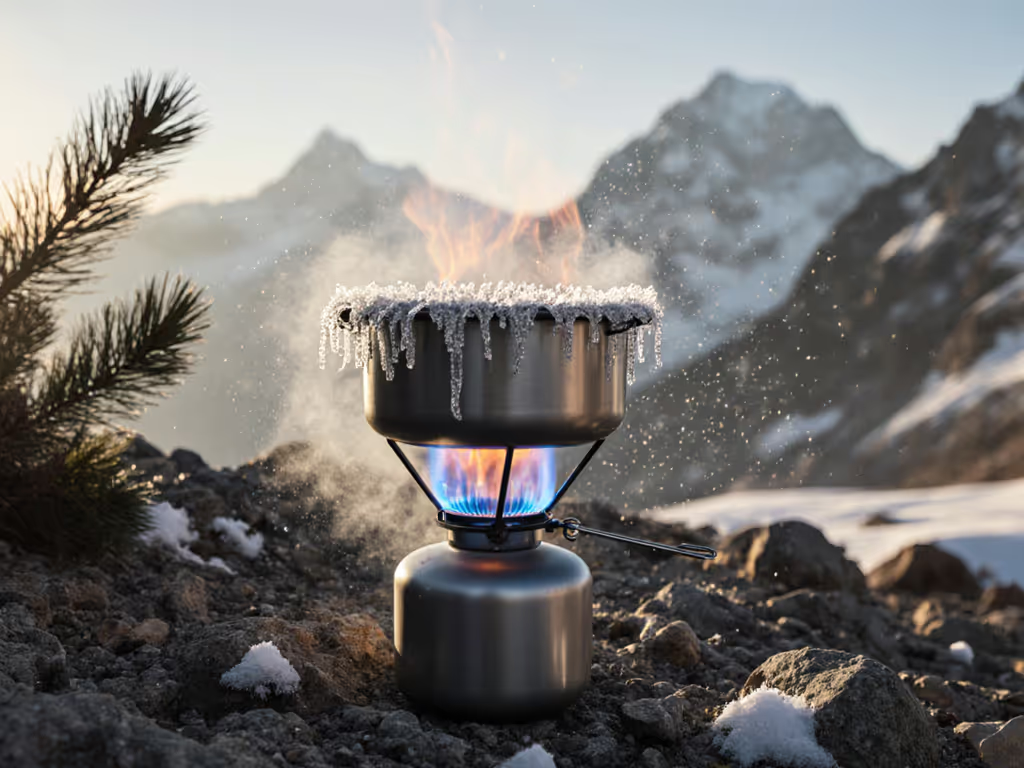
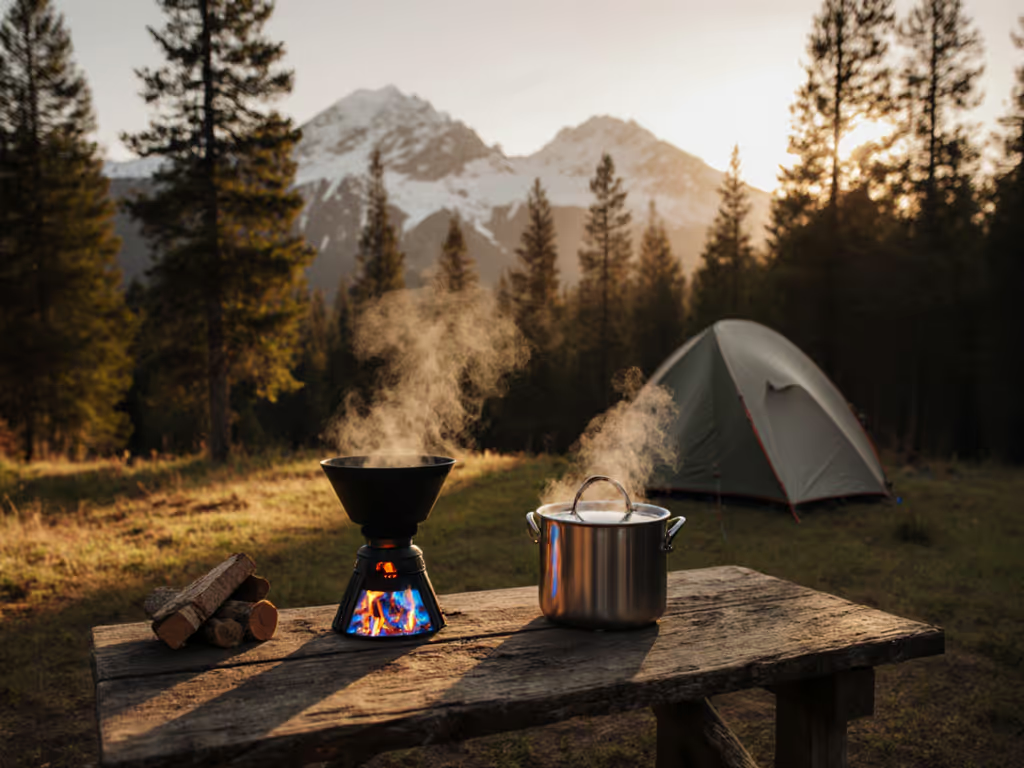
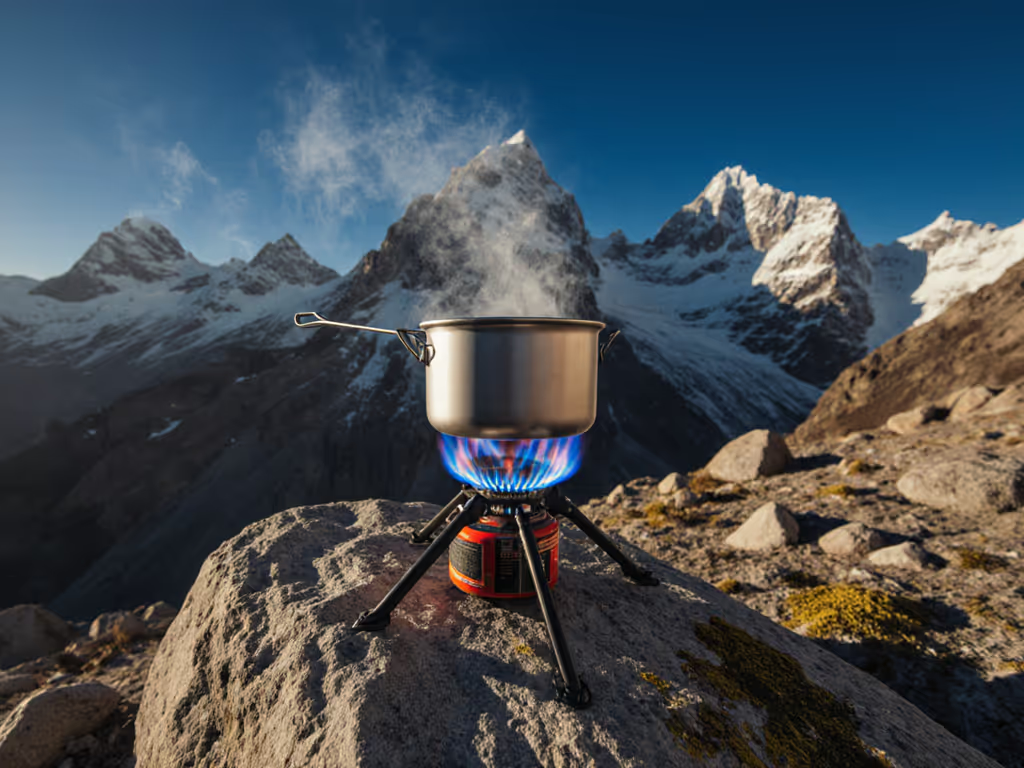
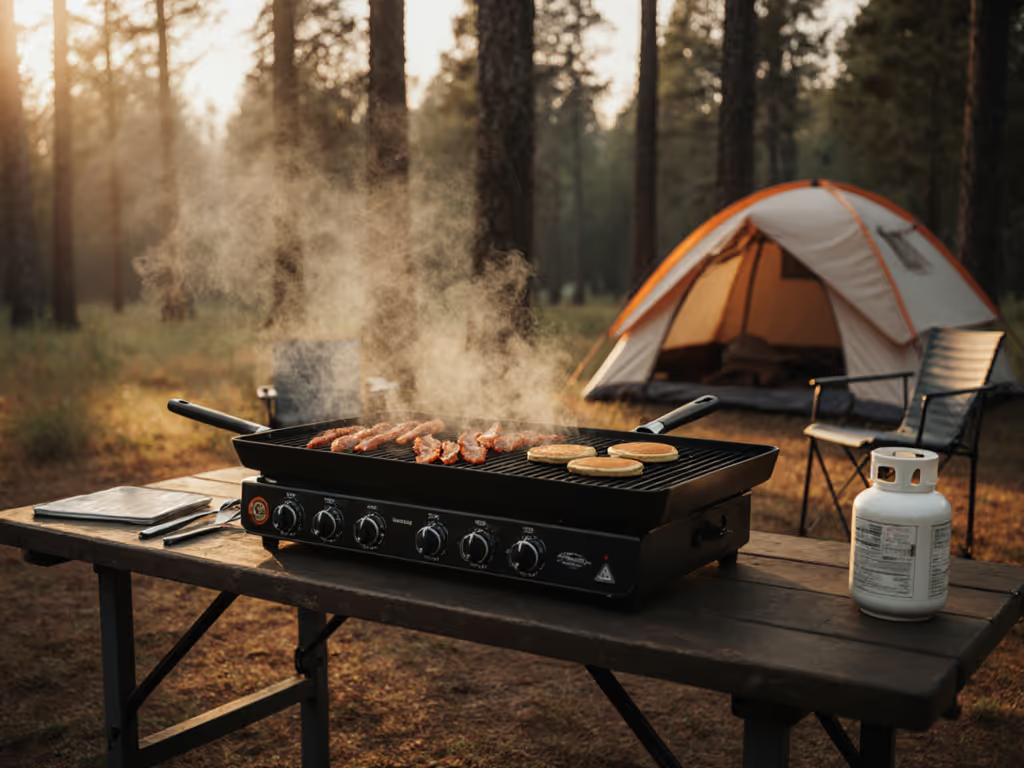
Family Camping Stoves: Top Griddle Performance Picks
Learn how cold and wind derail propane griddle performance and what to do about it - BTU density that matters, regulator and wind protection, and realistic fuel planning. Get clear guidance on safer setups and smarter choices (including when two single burners beat one big stove) to keep family meals hot and consistent.
